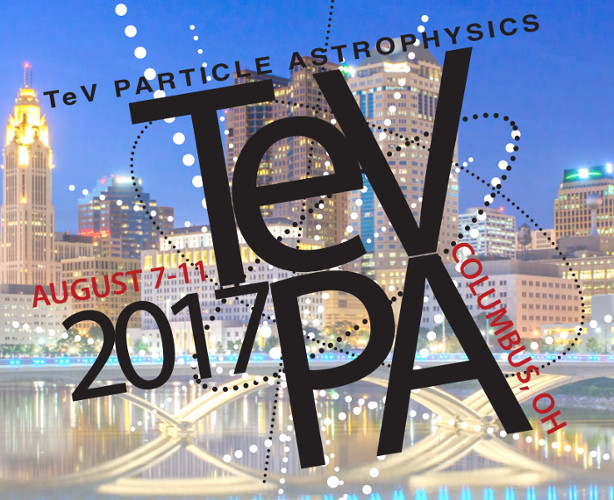Speaker
Description
Many dark matter interaction types lead to annihilation processes which suffer from $p$-wave suppression or helicity suppression, rendering them sub-dominant to unsuppressed $s$-wave processes. We demonstrate that the natural inclusion of dark initial state radiation can open an unsuppressed $s$-wave annihilation channel, and thus provide the dominant dark matter annihilation process for particular interaction types. We illustrate this effect with the bremsstrahlung of a dark pseudoscalar or vector boson from fermionic dark matter, $\overline{\chi}\chi\rightarrow \overline{f}f\phi$ or $\overline{f}fZ'$. The dark initial state radiation process, despite having a 3-body final state, proceeds at the same order in the new physics scale $\Lambda$ as the annihilation to the 2-body final state $\overline{\chi}\chi\rightarrow \overline{f}f$. This is lower order in $\Lambda$ than the well-studied lifting of helicity suppression via Standard Model final state radiation, or virtual internal bremsstrahlung. This dark bremsstrahlung process should influence LHC and indirect detection searches for dark matter.




